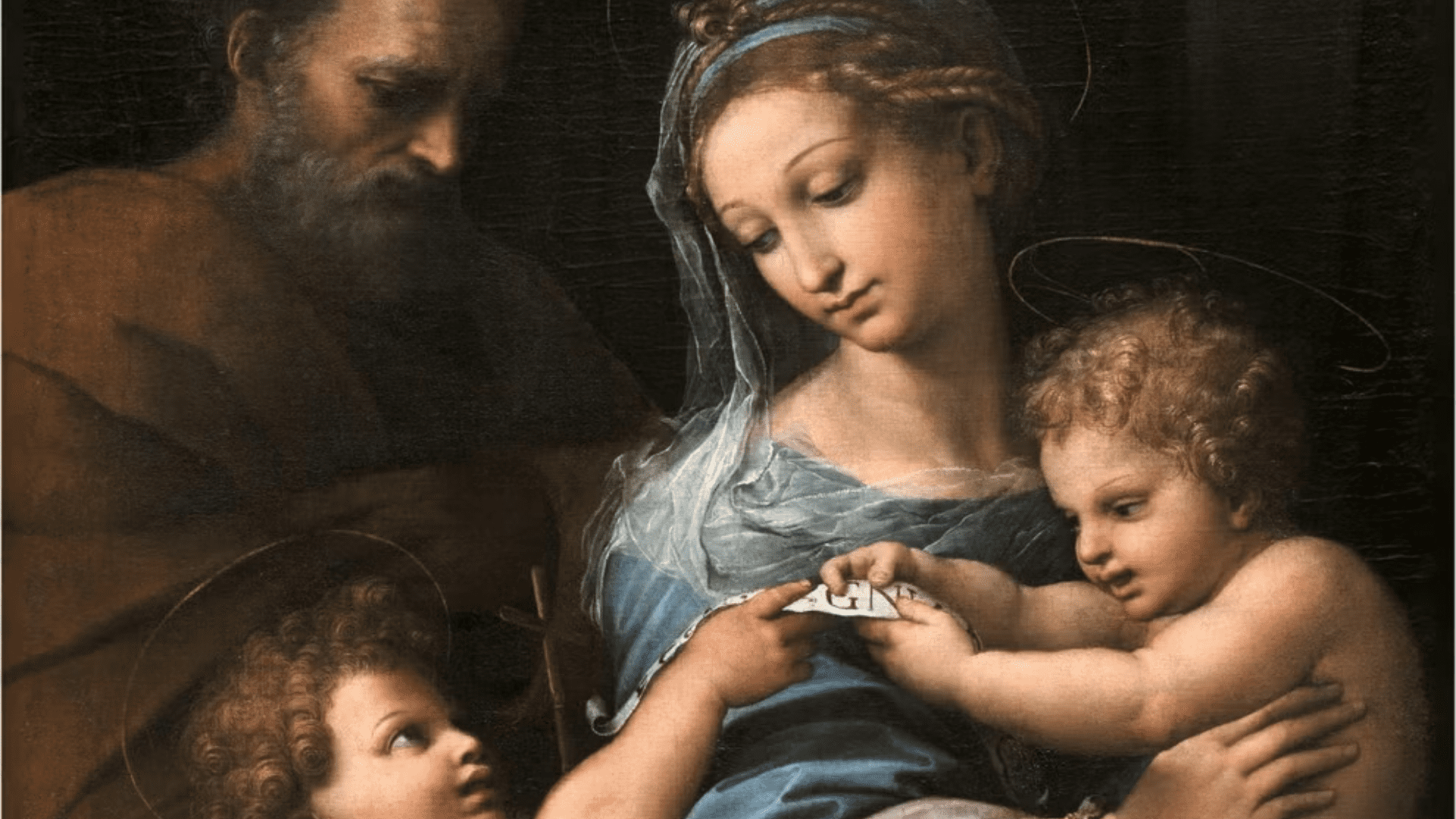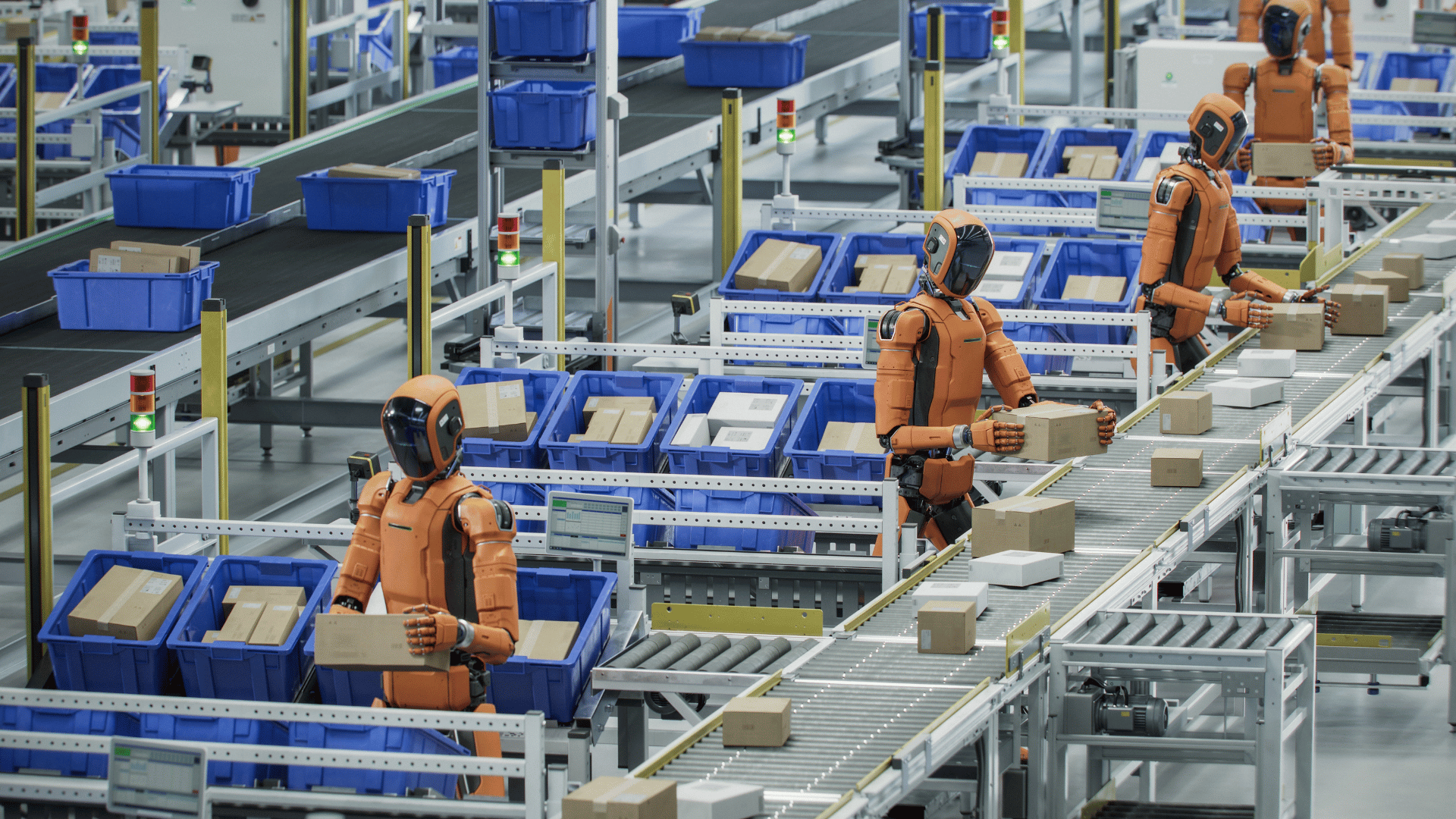Art authentication is a tedious process that combines history, science, and technology. However, it has high stakes and directly impacts art history, criticism, and the multi-million dollar market.
Artificial intelligence (AI) is one technology digging deeper into art’s authenticity. It’s emerged as a powerful tool for uncovering secrets about iconic masterpieces. Before AI was ever a twinkle in a scientist’s eye, art authentication relied on manual examinations. Experts meticulously inspected provenance, material studies, iconography, and stylistic analysis. Chemical and radiographic analysis offered valuable insights into a piece’s composition and age. However, these methods required experts and were often time-intensive.
Connoisseurship closely analyzes composition, style, and brushwork, a pivotal process used to authenticate renowned work from artists like Raphael. The artist is known for masterpieces such as The School of Athens and The Madonna della Rosa. However, his assistants often contributed to his pieces.
AI Uncovering Art Mysteries

AI didn’t exist in the Renaissance era, but it does now. Algorithms and machine learning are the new experts in art authentication. Machine learning identifies intricate stylistic details beyond human capability. Stylistically, algorithms evaluate color patterns, brushstrokes, and textures with unimaginable precision.
The University of Bradford in England applied AI to Raphael’s Madonna della Rosa, housed in Madrid, and has long been debated among scholars. Through AI, researchers discovered that a figure in the artwork was illustrated by a different hand. While the Madonna, Christ Child, and St. John the Baptist were painted by Raphael, St. Joseph was likely added later by someone else.
Hassan Ugail, director of the Centre for Visual Computing and Intelligent Systems at Bradford, explained, “The AI program’s analysis demonstrated conclusively the distinctions in style, proving that St. Joseph was not painted by Raphael.”
The Madonna della Rosa study builds on earlier successes. The team previously analyzed the de Brécy Tondo, a painting questioned as a 19th-century copy. AI findings identified it as an authentic Raphael despite initial skepticism. These advancements highlight AI’s growing acceptance in the art world.
“AI is a tool that complements traditional methods,” Ugail said, “It provides a rapid way to assess whether a painting warrants deeper investigation.”







